In this video, I explain how radicals work in Japanese, starting off with the 6 most common radicals as shown in the previous video on the subjectlinguisticKanji radicals are essentially little pieces of kanji They can also be kanji of their own There are somewhere around 214 radicals that are used in kanji and they range from one stroke all the way up to 17 strokes (It's 龠、やく, flute – in case you were wondering) Radicals can beJLearnnet is a Japanese Learning portal with a comprehensive Japanese to English and English to Japanese Dictionary The site also provides audio for pronunciation purposes, example sentences, full conjugation tables and powerful searching that includes deconjugation You can search by english, romaji, katakana, hiragana or kanji

Kanji Alive A Free Study Tool For Reading And Writing Kanji
Boku kanji radicals
Boku kanji radicals-About Black Lives Matter Because "We" AreThe first character is a combination of two kanji radicals Most kanji dictionaries are listed by radical in order of stroke number Hi, 時 The radical of this kanji is 日 (sun, day, time)
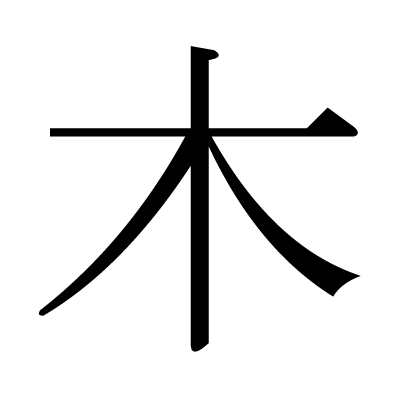



This Kanji 木 Means Tree Wood Thursday
1 一 丨 丶 丿 乙 乚 亅 2 二 亠 人 亻 儿 入 八 冂 冖 冫 几 ⺇ 凵 刀 刂 力 勹 匕 匚 匸 十 卜 卩 厂 厶Kanji radicals There is an unfortunate plague in Japanese lessons around the world these days, and it's the forgotten world of Kanji radicals Time after time, students learn Kanji the hard way through strict memorization, little to no stroke rules, and most importantly they are not introduced to radicalsLearn Japanese kanji by radicals, the components that are used to classify kanji in dictionaries and that can help you guess the meaning of kanji!
Boku Kanji Hello friends Japan 24 Hours, In the article you are reading this time with the title Boku Kanji, we have prepared this article well so that you can read and retrieve the information in itHopefully the content of the post Article boku, Article kanji, Article wallpaper, what we write can make you understandHappy reading Title Boku Kanji Link Boku Kanji Radicals in Japanese are simple kanji — they're the building blocks that make up complex kanji So, the more radicals you learn in kanji, the easier it becomes to understand more complex kanji Learning the radicals first, then advancing onto complex kanji, is the most popular method for memorizing kanji (more on that later)Dae Jaweon page 247, character 30;
ボク BOKU ・ すみ sumi black ink;For more on Japanese schools) A "radical" is part of the kanji which is found in more than one characterTo search for kanji using radicals / components, go to Kanji Search and click on the 部 button on the left of the search bar to open the Component Builder You can also click here to go directly to the Component Builder Read more about the Component Builder in our detailed how to guide Click on one of the three collections




Kanji Details For 僕 Japandict Japanese Dictionary



This Is The Kanji With The Most Strokes Ever It S Last Use Was In Someone S Name In The 1960 S Most Computers Cannot Even Handle This Monstrosity Learnjapanese
Some of the radicals are very similarlooking, such as 74 and 1302, or 1632 and 1702 The meanings of the Type/Location field are O original, T top, B bottom, L left, R right, E enclosure, V variable The links on the radicals go to a page which shows all the kanji for that radicalEvery kanji character can be decomposed in one or multiple components Each one of those components are called "radicals" 部首 They help to identify a specific character in Japanese dictionaries For example, the character 安 is formed by two different radicals 宀 and 女 Sometimes these radicals have some meaning related to the final meaning of theStroke order Han character Edit Kanji Edit When you start learning them it may be hard to get used to, but as you keep going you'll start to know patterns even if you don't know what those patterns are 怖 scary, 忙 busy, 悦 joy Residual part(s) N/A How to Use Heart / Mind in Japanese Meaning I, me, private Onyomi SHI Kunyomi watashi Strokes 7 (click on the pick to start the video




Radical 109 Wikipedia



3
Mexico Strokes 14 Radical 土 earth SKIP 277 UTF 58a8 JIS Nanori すの suno Hangul 묵Kanji Radicals Part 2 https//wwwyoutubecom/watch?v=MxNpKDoU4&feature=youtube The video contains the following Radicals 亻(人)Person https//wwwyoutRadicals are classified into seven types, based on where they appear Note The radical 月 originates from two different kanji eg 脳 (brain) 肺 (lung) 胴 (torso) eg 朝 (morning) 期 (term) 明るい (bright) The leftside came from 肉, called にくづき The rightside came from 月 (moon) As mentioned above, radicals are classified
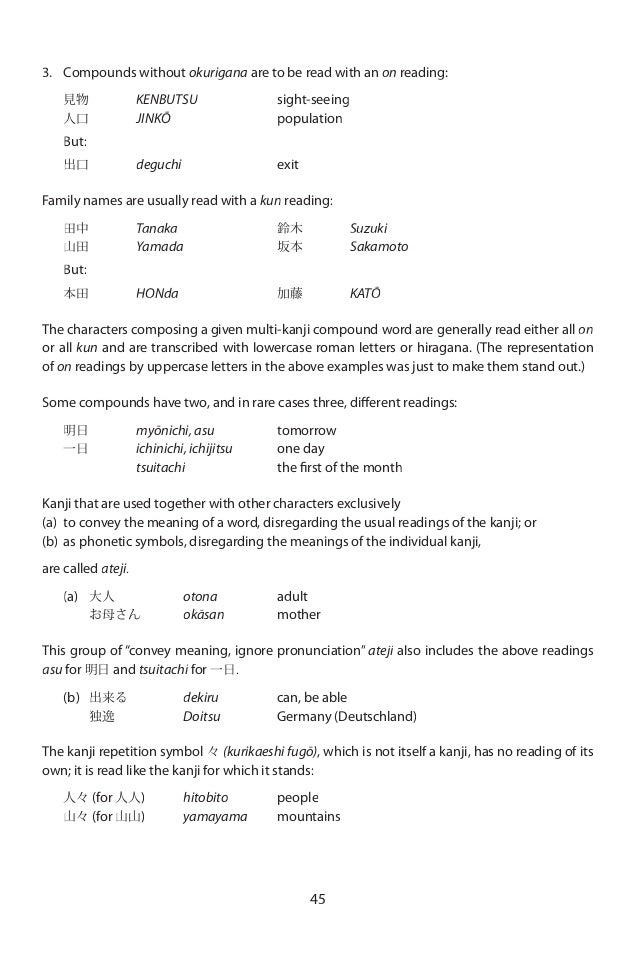



Japanese Kanji And Kana
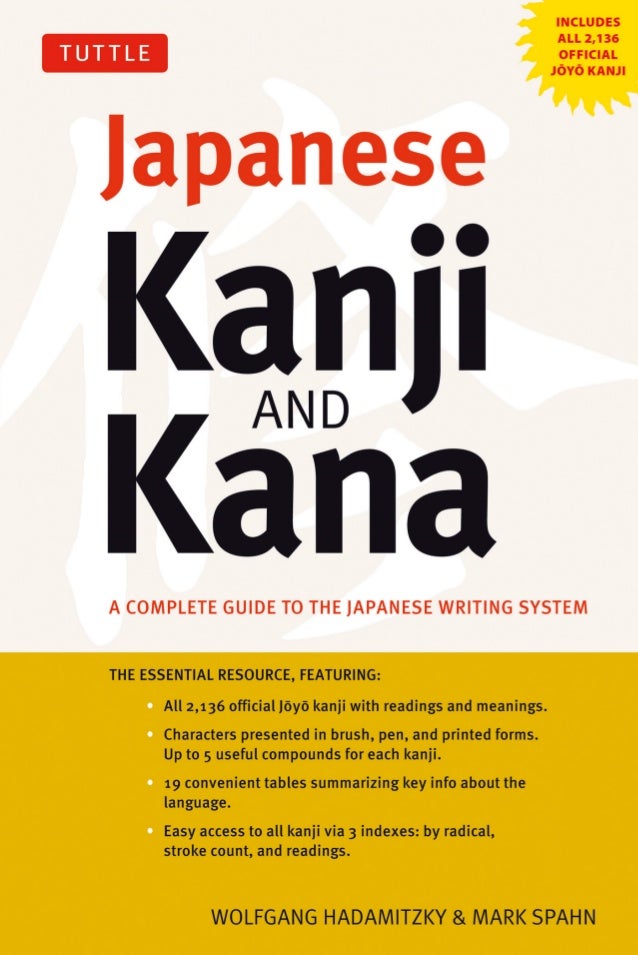



Japanese Kanji And Kana
WaniKani is a Japanese radicals, kanji, and vocabulary learning web app that uses mnemonics and SRS to make kanji learning simple Learn Japanese kanji the effective way!This entry was posted in Chinese character radicals, Kanji Radicals, 漢字の成り立ち and tagged the kanji 葛, the kanji 褐, the kanji 謁, the kanji 勾, the kanji 匂, the kanji 句, the kanji 喝, the kanji 均, the kanji 拘, the kanji 掲, the kanji 旬, the kanji 渇Brighter colours, better font, clear linework, cleaner structure and the radical variants are scaled down and therefore do not clutter the entire chart Having the Japanese names of the radicals would also improve the quality of the chart If you could improve that, I would print the chart in and hang it next to my JoyoKanji poster
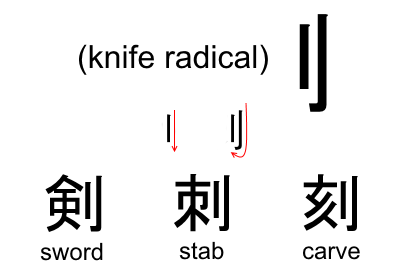



Radicals Another Neglected Blog




Kanji 僕撲 Jisho Org
Kanji Radical list 一 one (radical 1) 丨 rod radical (no 2) 丶 tick or dot radical (no 3) 丿 katakana no radical (no 4) 乙 fishhook radical (no 5) 亅 barb radical (no 6) 二 two (radical 7) 亠 kettle lid radical (no 8) 人 human radical (no 9) 儿 legs radical (no 10) 入 enter radical (no 11) 八 eight (radical 12) 冂 upsideOne important aid in coming to grips with this are kanji elements (or "radicals") that are actually there to indicate the pronunciation These seem to be little taught, but they are in fact very useful Learning all the sound elements can help you with around 65% of kanji They aren't all here, but a lot of the main ones are The first stroke is the curtain rod above the window, or maybe the top of the window Strokes 24 outline the window panes, and the last 4 strokes are the drops of rain on the window Remember this one well, because it's the radical for all sorts of kanji having to do with weather




All Kanji Radicals Variants Pdf Document




The 3 Elements Of Kanji Form Sound Meaning 漢字の形 音 義 The Kanji Code
Kanji "radicals" bushu (部首) are a way of classifying characters for searchingRadicals are found in all kanji dictionaries, and taught in Japanese schools (see How is Japanese writing taught to Japanese children? How Many Radicals You Should Memorize Kanji alive shows "The 214 traditional kanji radicals and their variants" and marked 51 radicals with "important" We also highly recommend you memorize the 51 important radicals with their meanings, which should give you a clearer understanding of KanjiRadicals are the figures used to create Kanji characters More than 0 radicals exist You can see a list of them in the Appendix Some radicals themselves are kanjis So, if you store them in your mind then you also gain some kanjis Kanji characters are drawn
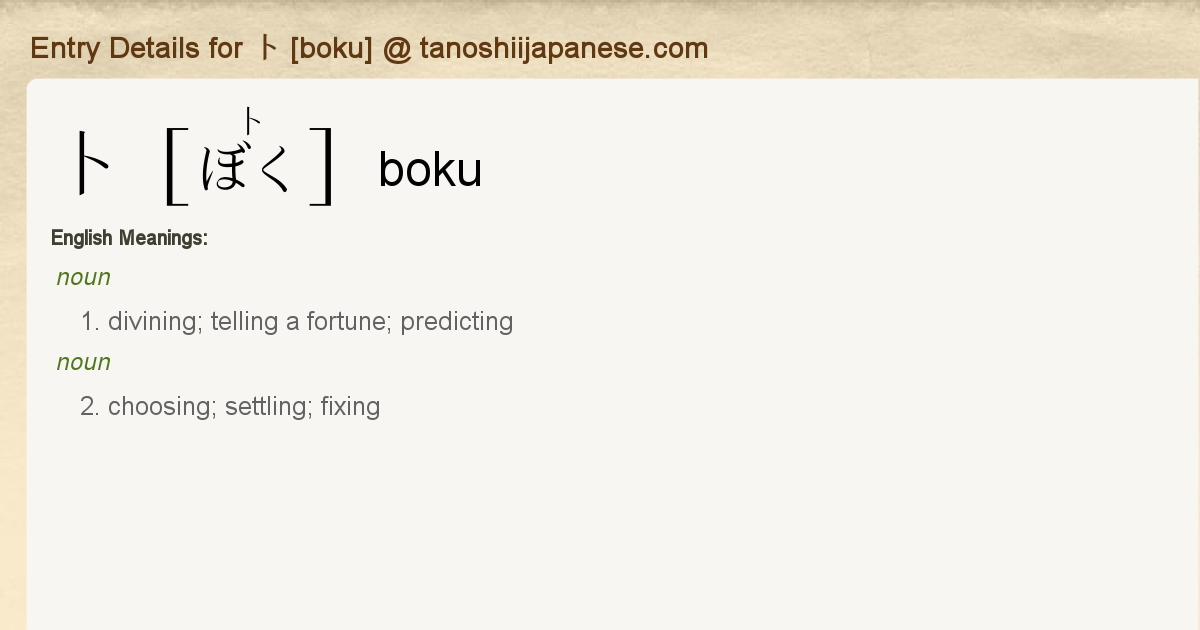



Entry Details For 卜 Boku Tanoshii Japanese




Skullumio Tumblr Com Tumbex
You learn the top 50 radicals that appear in 75% of the most commonly used Kanji characters You learn the meanings, readings, stroke order and words for each radical You also get native audio pronunciation for all examples 50 Most Common Radicals 63 Chapters & 538 Pages in TotalBreaking kanji into radicala makes them simpler to remember over having to remember each individual stroke The kanji for 'to speak' is made up of two radicals Sometimes the meaning of the radicals will help you understand the Japanese meaning, as it does in this kanji I'm k here to add u"# "$ $ %& & ' Compounds 下below, down, descend, give, low, inferior ()(** , ,!, $,$, $ !




Kanji Radicals Explore Tumblr Posts And Blogs Tumgir




Kanji Book Jlpt N5
References KangXi page 116, character 18;Dwight j friesen neighbor parish theologian author Menu Home;Classify Kanji Radicals by Their Functions Kanji Radicals Can Indicate Meaning Similar to English, where we have prefixes, suffixes, infixes, and roots, all of which indicate a modicum of meaning, a kanji's radical can sometimes give hints as to the kanji's meaning
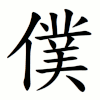



僕 Wiktionary



Easy Level Of Kanji 5 Wiki Japanese 日本語 Amino
Regardless, when a certain radical is placed in a certain position of the kanji, it may tell the nature of that kanji For example, the kanji of mushi 虫, which means "insect," is contained as a radical in most kanji about insects, always in the same placeWaniKani is a Japanese radicals, kanji, and vocabulary learning web app that uses mnemonics and SRS to make kanji learning simpleEven in multicomponent kanji that may be considered to consist of two halves, in this case one upper and one lower half However, one kanji that is of utmost interest for this thesis is 漾 (jp tadayou 'drift') as it utilize both 氵and 水, which might indicate that there is a difference between the radicals 21 The Structure of Kanji




Radicals Another Neglected Blog




Japanese Dictionary Stroke Counts And Radical Recognition Simanaitis Says
Dai Kanwa Jiten character 1094;Common Radicals The term radical refers to the building blocks of kanji Virtually all Japanese kanji characters are either a single radical or are made up of two or more radicals By memorizing kanji as a combination of parts rather than as a unique character, oneI've been told that there are books like Remember the Kanji (?) which teach Kanjis using radicals, and help you remember them by stringing them together in a storyRemember the Kanji (?) which teach Kanjis using radicals, and help you remember them by stringing them together in a story




Epa1 Digital Storage Of Kanji Characters Google Patents



Www Uni Passau De Fileadmin Dokumente Hsg Nippon Skripte Kanjibookjlptn5 Pdf
Your own Pins on Because you simply can't practice writing kanji to much!Meanings for each kanji in I think that you have to aclare that "Boku" 「僕」 is only used as "I" when it's refer to a man Maybe (because i only have a couple of months learning Japanese) i'm wrong so i'd like that someone reponse me if it's ok or not Thanks ^^Unihan data for U50D5



目 Japanese Kanji Dictionary




The 3 Elements Of Kanji Form Sound Meaning 漢字の形 音 義 The Kanji Code
Kanji radicals go all the way from one stroke up to 17 strokes!Each radical has a name, which is also shown below Some radicals have 2 or 3 different names The radical is often the leftside part of the kanji, but the radical can appear anywhere in the kanji If you plan to take the Kanji Aptitude Test (Kanken), studying radicals and radicalRemember, kanji isnʼt made up of individual strokes, itʼs made up of radicals If you learn by strokes, you have to remember 5, 10, 15 plus steps If you learn the radicals, and put them together like building blocks, youʼll only have to remember 2, 3, or 4 steps to put together a kanji



Kanji How To Japanese




29 N5 Kanji Ideas Study Japanese Japanese Language Japanese Language Learning
/0 Compounds JLPT Level N5 Kanji List Page 1Hanyu Da Zidian (first edition) volume 1, page 218, character 9;The radicals or 部首 (bushu) are the components of kanji that give a hint to their meaning There are 214 official radicals in both Japanese kanji and Chinese hanzi, and their meanings are roughly the same across both languages, with only small differences




Crunchy Nihongo About Kanji S Pure Radicals




The Japanese Alphabet Japanese With Anime
一one, one radical (no1) Compounds 七seven Compounds 万ten thousand Compounds 三three Compounds 上above, up !Get Bonus Access to JapanesePod101 & Our Japanese Learning App!Most of the time Studying Motivational wall of text You will always come across words you don't know, and that's okay Comes in sets of 10 and each kanji has it's own pdf file with pictures and readings share More complex kanji will be harder to build especially if the typeface makes it harder to read the character Its stroke order is uncertain, I've been eyeing and app called




Kanji With Tavo
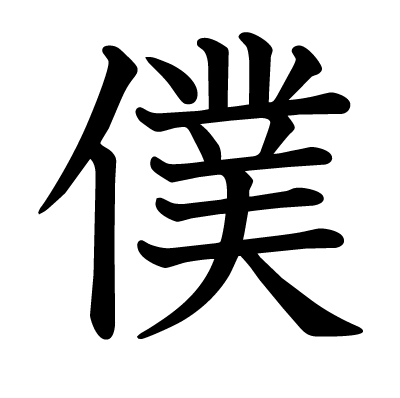



This Kanji 僕 Means I
Kanji 読み Readings ローマ字 Romaji 画数 Stroke Count 部首 Radical 意味 Meaning 木 ボク モク き こ boku moku ki ko 4 木 treeKanji which have the radical "卜 (boku・bokunoto・to・uranai)" A list of kanji which have the radical "卜 (boku・bokunoto・to・uranai)" The kanji are listed in order of the number of strokes 僕 (radical 9, 人12, 14 strokes, cangjie input 人廿金人 , fourcorner 2223 4, composition ⿰亻 菐) Derived terms 㙸, 濮, 纀, 襥;



1




Which Japanese Alphabet Should You Learn First A Beginner S Guide Growkaru



2



Do I Need To Memorize How Kanji Radicals Are Read In Japanese Like 木 Is Read As き Or Is It Enough To Just Memorize Its Picture And Its Translation Quora
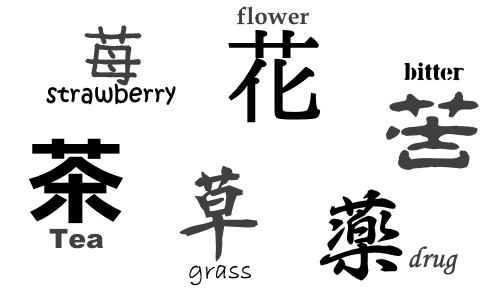



Radicals Another Neglected Blog



Kanji How To Japanese




This Kanji 目 Eye Is A Kanji Hiro S Easy Japanese




How To Write 私 Si Private Stroke Order Radical Examples And Spoken Audio Youtube



Kanji How To Japanese




Kanji Alive A Free Study Tool For Reading And Writing Kanji



2




Kanji Alive A Free Study Tool For Reading And Writing Kanji




4 Kanji Jlpt N5 Nihongo Ichiban
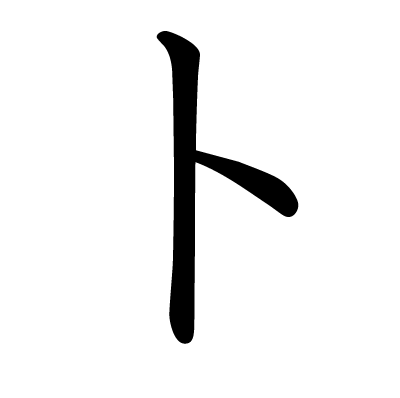



This Kanji 卜 Means Fortune Telling




36 Japanese Kanji Signs Ideas In 21 Japanese Kanji Japanese Japanese Language Learning




How To Write Kanji 25 How To Write 間 Aida Youtube




This Kanji 僕 Means I




勉強しましょう Marclearninglanguages Nisha No Nihongo Learn
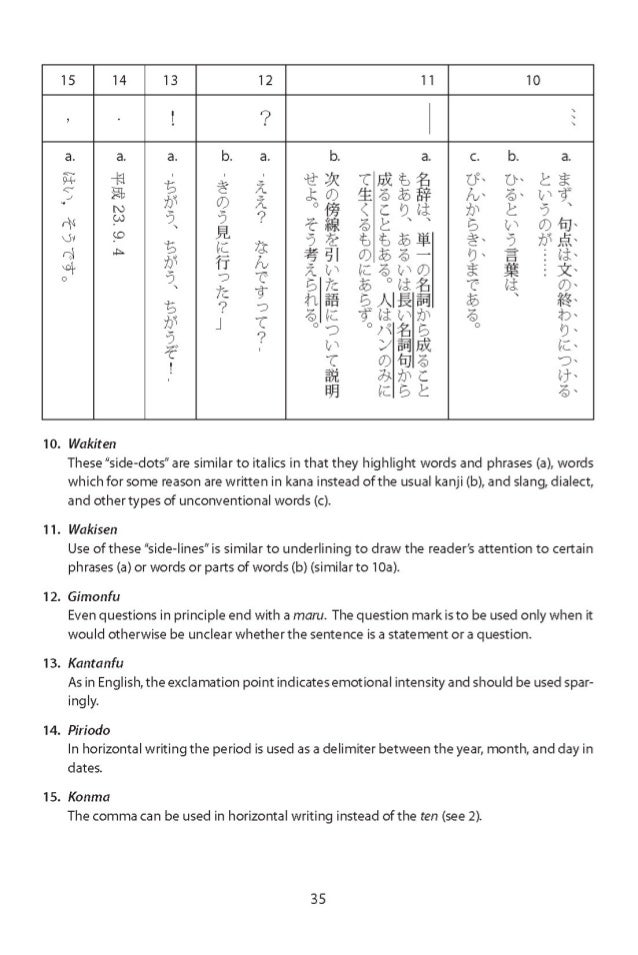



Japanese Kanji And Kana
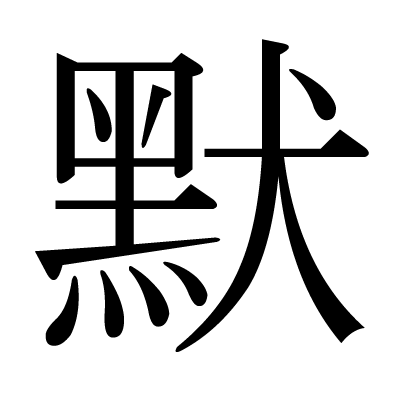



This Kanji 默 Means Silent




2 Learn Japanese Ideas Learn Japanese Japanese Japanese Language Learning
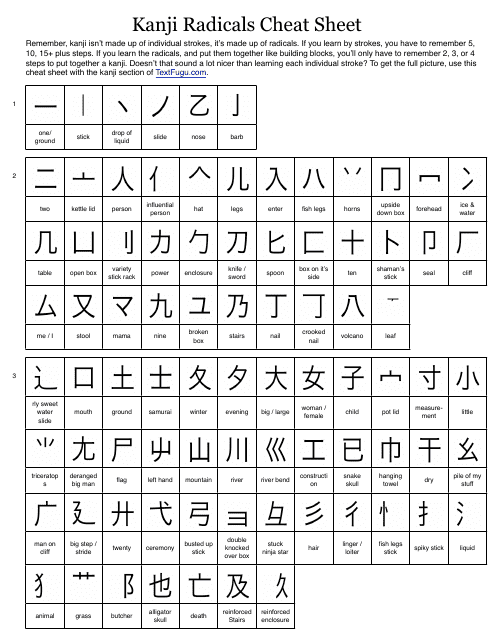



Kanji Pdf
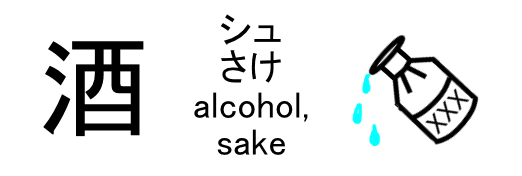



Radicals Another Neglected Blog
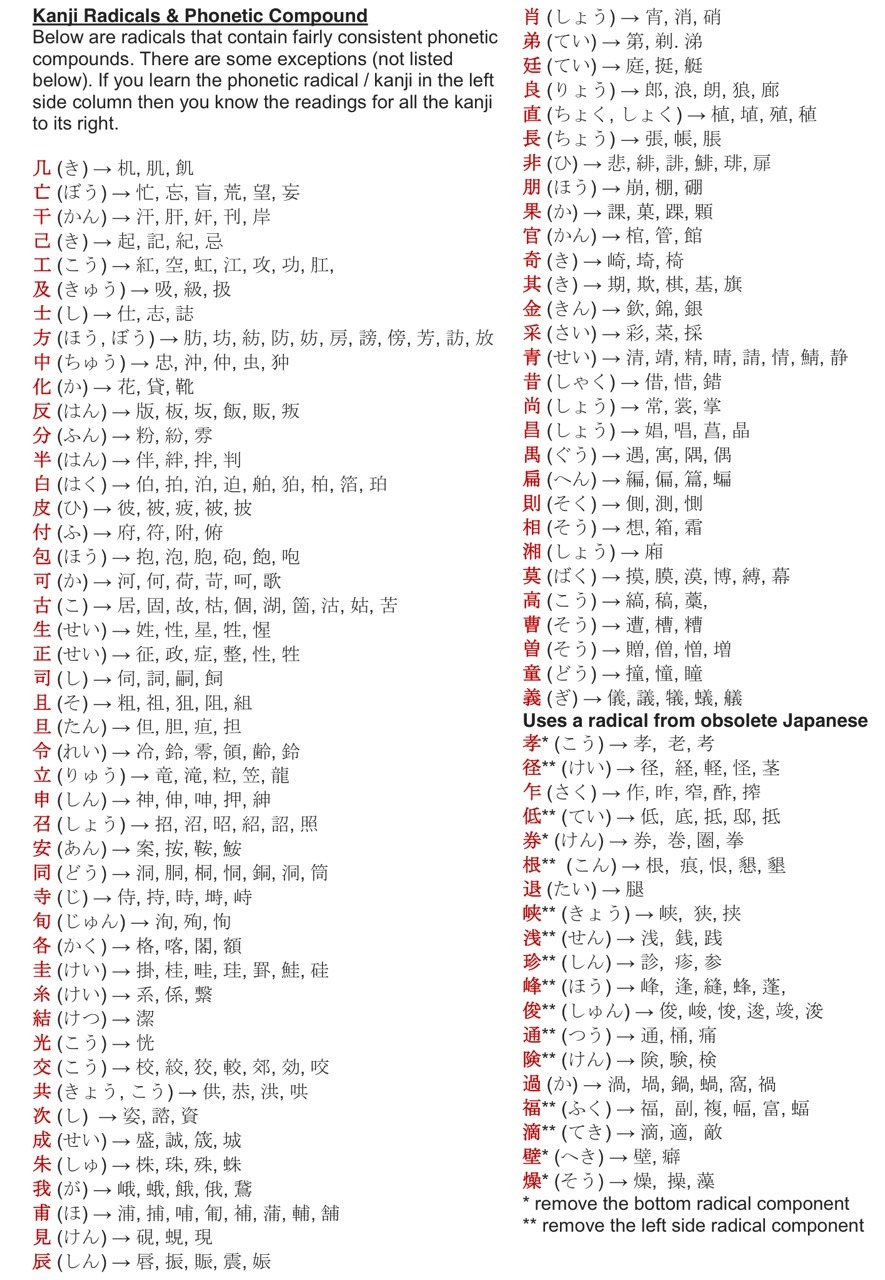



勉強しましょう Marclearninglanguages Nisha No Nihongo Learn



2



默 Japanese Kanji Dictionary



Kanji Pdf




Radicals Another Neglected Blog



Www Uni Passau De Fileadmin Dokumente Hsg Nippon Skripte Kanjibookjlptn5 Pdf
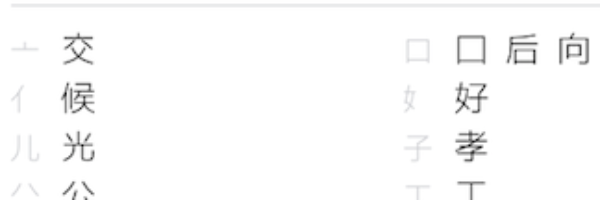



Kanji Alive A Free Study Tool For Reading And Writing Kanji




The 3 Elements Of Kanji Form Sound Meaning 漢字の形 音 義 The Kanji Code




This Kanji 木 Means Tree Wood Thursday




Kanji Details For 僕 Japandict Japanese Dictionary




Japanese N5 Kanji List All 100 Kanji You Need To Know To Pass The Jlpt N5




Kanji For Beginners Nani Nan 何 By Miss Maggie Anne




Studies Abroad In Japan Goldenway Global Education Vietnam Du Hoc Nhat Ban Http Goldenway Edu Vn Japanese Language Learning Japanese Words Japanese Phrases



卜 Japanese Kanji Dictionary




This Kanji 撲 Means Strike Beat




How To Memorise Japanese Kanji Efficiently With Radicals Takashi S Japanese Dictionary Takashionary
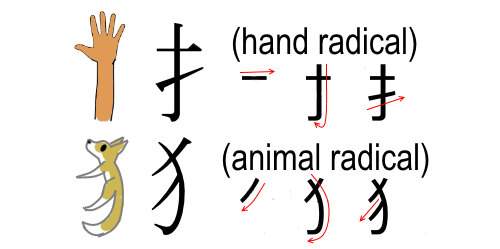



Radicals Another Neglected Blog



卞 Japanese Kanji Dictionary



Www Uni Passau De Fileadmin Dokumente Hsg Nippon Skripte Kanjibookjlptn5 Pdf




Kanji Pdf




Kanji Portraits Origins And Radicals Of Japanese Kanji




Lets Learn Kanji
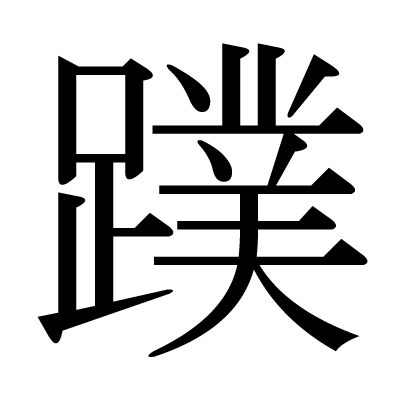



This Kanji 蹼 Means Webfoot Web




Let S Learn Kanji



Kanji How To Japanese



Www Uni Passau De Fileadmin Dokumente Hsg Nippon Skripte Kanjibookjlptn5 Pdf
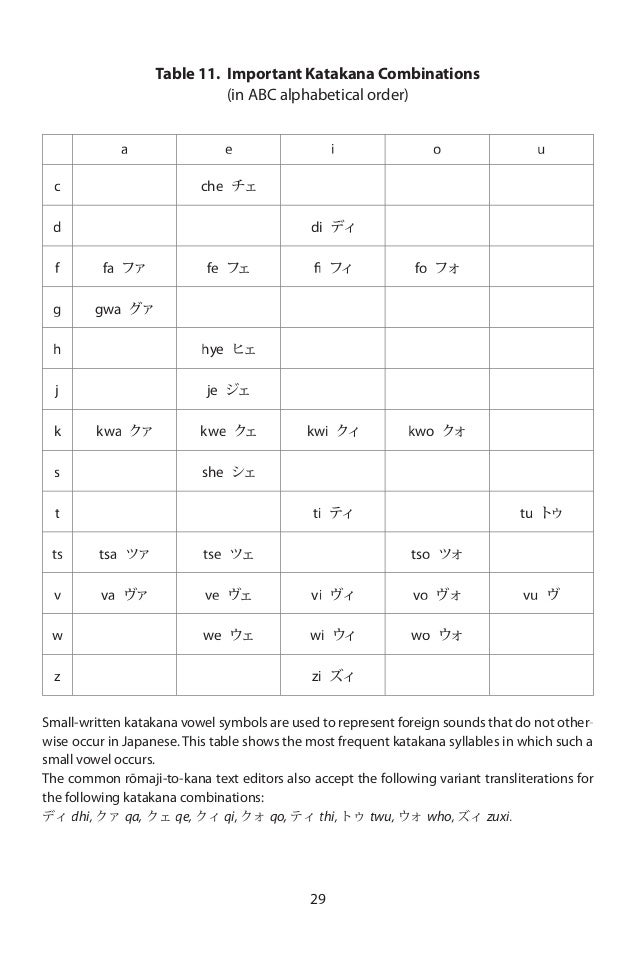



Japanese Kanji And Kana



卜 Divining Kanji Dictionary Red Finch Japanese Page




Kanji 1 Boku 僕 Japones Youtube




Japanese Radicals By Subject The Kanji Code




Chinese Character 目 Eye Youtube




Radicals Another Neglected Blog
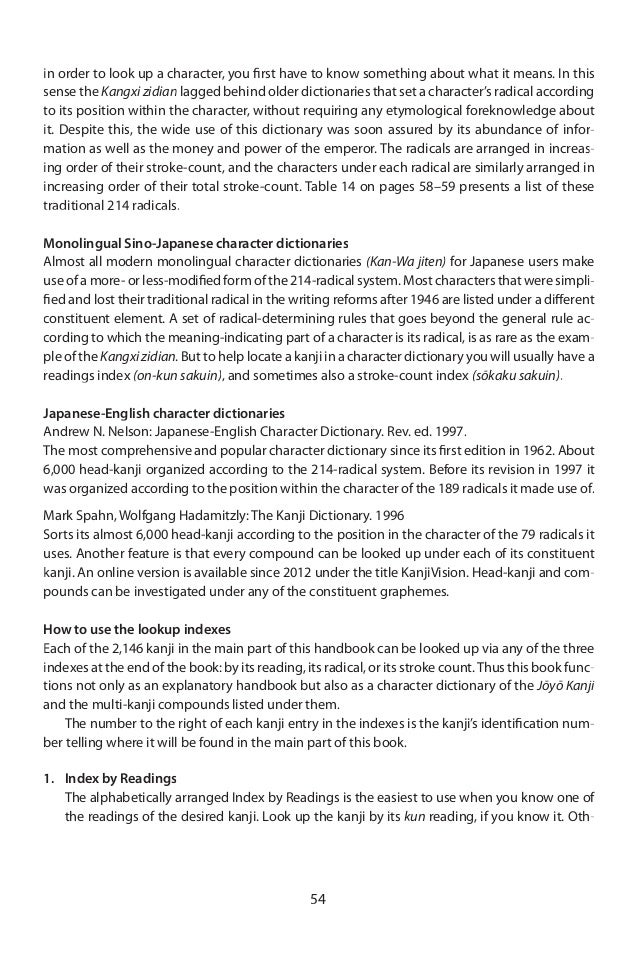



Japanese Kanji And Kana



Jlpt Kanji How To Study Kanji For Your Level By Unseen Japan Anime Blog Tracker Abt




Japanese Radicals By Subject The Kanji Code




Kanji Pict O Graphix




Hadamitsky Spahn Kanji Kana Pdf Pdf Txt
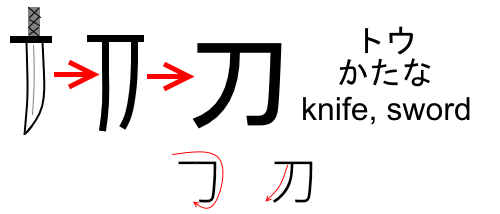



Radicals Another Neglected Blog




Kanji With Tavo




万 Wiktionary



Japanese Writing Systems




Basic Kanji Book 1




Eyes Wide Open 1 目 相 想 And 箱 Kanji Portraits




Kanji Details For 僕 Japandict Japanese Dictionary



Www Uni Passau De Fileadmin Dokumente Hsg Nippon Skripte Kanjibookjlptn5 Pdf




Kanji With Tavo



Kanji Dictionary




Kanji Topics




Kanji Radicals Explore Tumblr Posts And Blogs Tumgir




Japanese Kanji Fast Finder Isbn




Mapping Of A Single Kanji To Multiple Sounds Download Scientific Diagram



0 件のコメント:
コメントを投稿